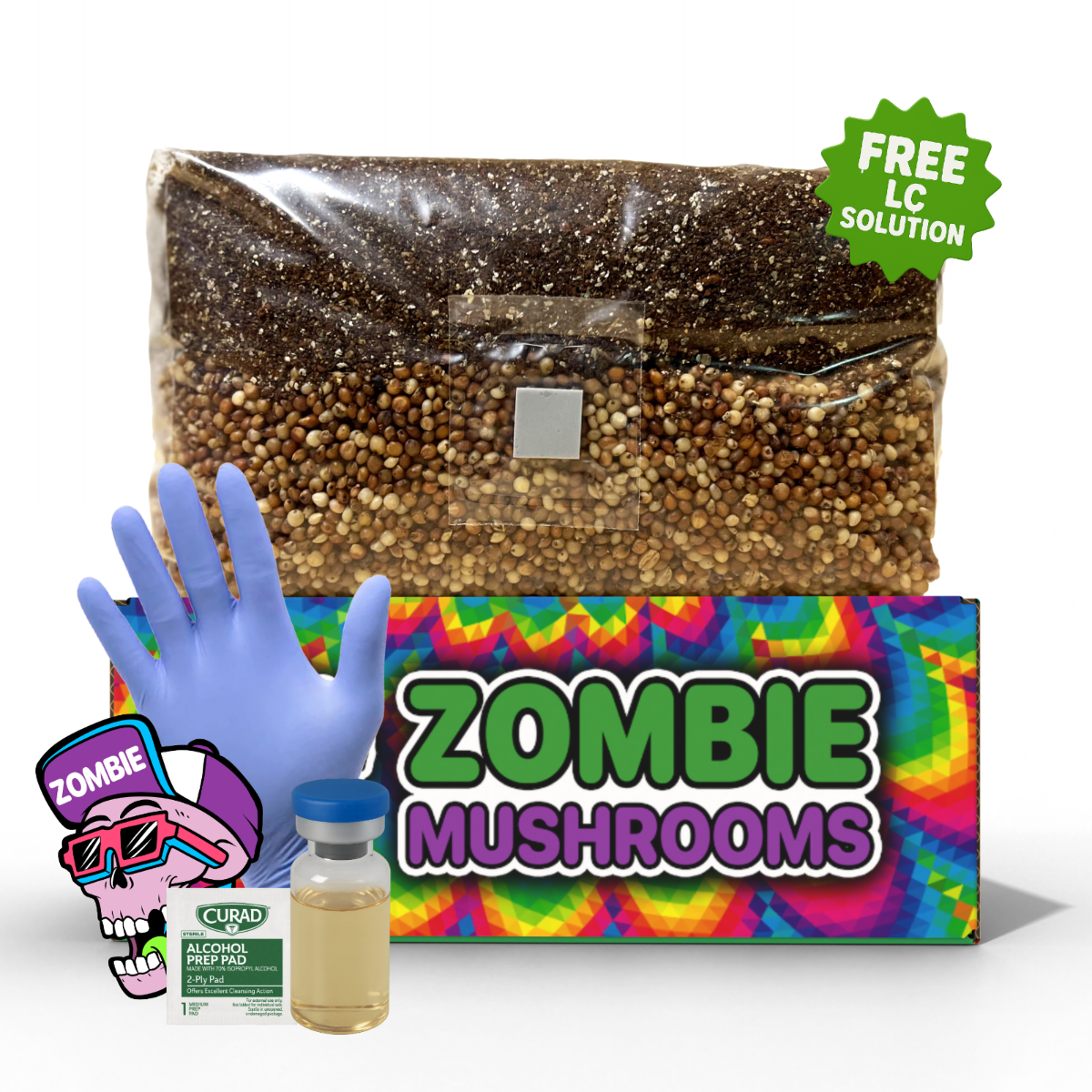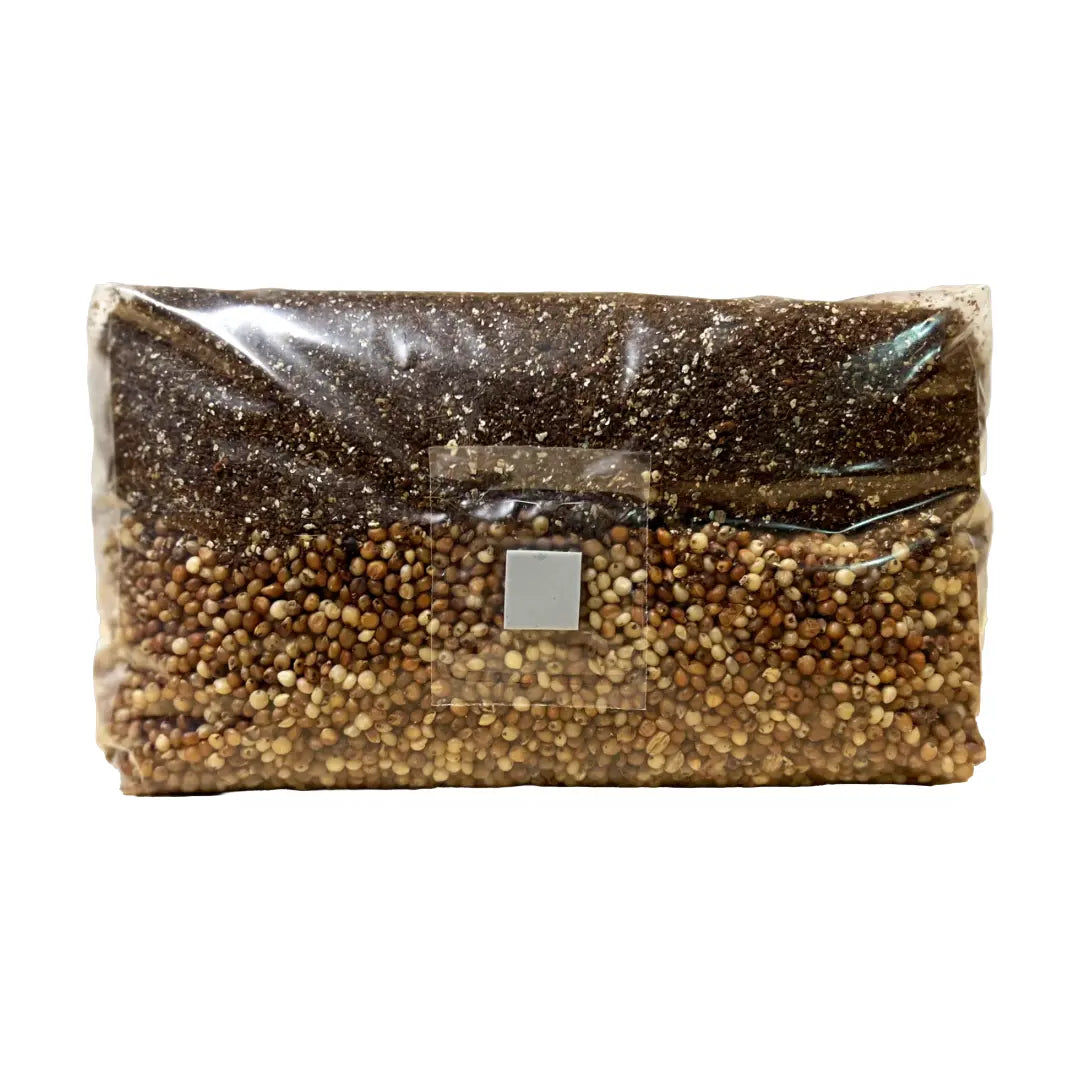- Oyster mushrooms can fruit in as little as 14 days, ideal for impatient beginners.
- Mushrooms can be grown without sunlight, making them perfect for small indoor spaces.
- Lion’s Mane may support brain health and is increasingly sought after for functional foods.
- Many edible mushrooms grow well on recycled materials like coffee grounds and cardboard.
- Poor airflow and excess moisture are the most common causes of failed home mushroom grows.
Why Start Growing Mushrooms at Home?
Mushroom cultivation at home provides great benefits with little input of both time and resources. When compared to fruits and vegetables, mushrooms use less space, grow faster, and don’t even need sunlight to do well. Instead, they do well in cool, humid, dark conditions — which makes them especially good for basements, closets, or under-sink grow tents.
For health, mushrooms are very beneficial. Full of fiber, protein, and important micronutrients such as vitamin D, selenium, and B-complex vitamins, they have earned their place as a key food in many functional and plant-based diets. Research also points to important medical advantages: edible mushroom types like Lion’s Mane and Shiitake show possible neuroprotective, anti-inflammatory, and even anti-cancer qualities (Chang & Miles, 2004).
From a sustainability view, mushrooms are great composters. They can grow on waste materials like cardboard, coffee grounds, and straw, changing trash into something useful. This makes them right for eco-aware growers wanting to lower their carbon footprint while enjoying homegrown food.
To summarize, mushroom cultivation helps mental and physical health, wastes little, and gives back quickly — a good hobby for anyone interested in home-grown fungi.

What Makes a Mushroom “Beginner-Friendly”?
Not all mushrooms are the same when it comes to how easy they are to grow. Some types require exact environmental controls, sterile lab settings, or growing periods that take months and might scare beginners. Beginner mushroom growing is about taking away these problems by focusing on strains that are strong, easy to get, and fast-growing.
The best kinds of mushrooms for newcomers have these features
- Strength against contamination: Beginner-friendly strains are less likely to get contamination from molds or bacteria. This is very helpful because first-time growers may not have sterile workspaces.
- Quick colonization and fruiting: Many beginner mushrooms can go from grain spawn to harvest in as little as 2–4 weeks.
- Acceptance of environment changes: These mushrooms grow well in normal indoor conditions, needing fewer changes in temperature, humidity, and CO₂ levels.
- Few equipment needs: Most just need simple tools — no need for pressure cookers, laminar flow hoods, or custom chambers.
- Availability of spawn and grow kits: Because they’re easier to handle and more liked by newbies, spawn and pre-inoculated blocks for these mushrooms are easier to find online and in specialty stores.
Choosing a forgiving mushroom type lowers the chances of failure, makes learning better, and builds confidence — exactly what new growers need to keep growing!

The 5 Easiest Mushrooms to Grow for Beginners
Here's a more detailed look at the best beginner types that make mushroom cultivation at home easy to get into and fun.
Oyster Mushrooms (Pleurotus ostreatus)
Often called the “starting” mushroom for beginners, oyster mushrooms are the most beginner-friendly and fun to grow.
- Ease of cultivation: Oyster mushrooms are very fast colonizers and fruit in just 14–21 days.
- Substrate options: They’re known to be adaptable — grow them on straw, recycled coffee grounds, sawdust, shredded paper, cardboard, and even old t-shirts!
- Conditions needed: Medium humidity (85–95%) and indirect light for 8–12 hours every day. Easy to get with a plastic grow tent and misting bottle.
- Types: Pearl, blue, pink, yellow — they come in many colors, making your grow look good too.
- Flavor: Light and a little sweet with a meaty texture, especially when sautéed.
Oyster mushrooms are liked not just for how easy they are to grow, but also because they’re quite resistant to contamination and have short lifecycle times — perfect for anyone wanting quick results.

Beginner Mushroom Comparison Table
| Mushroom Type | Time to Fruit | Difficulty | Substrate | Flavor | Ideal For |
|---|---|---|---|---|---|
| Oyster | 14–21 days | Easiest | Straw, cardboard, coffee | Mild, nutty | Fast wins |
| Shiitake | 6–10 weeks | Moderate | Hardwood logs, sawdust | Rich, umami | Serious cooks |
| Lion’s Mane | 3–4 weeks | Easy | Enriched sawdust, grow blocks | Seafood-like | Brain health |
| Enoki | 3–4 weeks | Easy | Sawdust, wood chips | Crunchy, delicate | Cold climates |
| White Button | 4–6 weeks | Moderate | Compost, manured substrate | Mild, familiar | Meal preppers |

Tools & Supplies to Get Started
To begin your mushroom cultivation at home project, a few basic tools will make a big difference
- Ready-to-use grow kits: Include pre-inoculated substrates — perfect for total beginners.
- Grain spawn or liquid culture: For DIY projects or bigger harvests.
- Good substrates: Straw, sawdust, coffee grounds, or cardboard, depending on the mushroom.
- Grow containers: Buckets, jars, grow bags, or plastic totes with ventilation holes.
- Humidity control: A simple spray bottle or automated humidifier.
- Airflow management: Small fans or passive ventilation to help with CO₂ exchange.
- Optional: Hygrometers, gloves, alcohol spray, heat pads, fruiting tents.
When you're beginning with the easiest mushrooms to grow, the low cost in equipment should give you both confidence and expected results.

The Most Common Mistakes First-Time Growers Make
Knowing the most common problems in beginner mushroom growing can save you time, money, and trouble. Here are some errors to avoid
- Contamination from poor hygiene: Always clean tools, hands, and working areas when putting spawn into substrate.
- Too much water: Mushrooms prefer high humidity but don't like sitting water. Mist, don’t soak.
- Ignoring airflow: CO₂ buildup causes tall, skinny mushrooms that are not dense. Open tote lids a bit or put in a fan.
- Wrong lighting: A simple LED lamp with an automatic timer copies daylight perfectly.
- Annoyance from slow colonization: Patience is important. Some types take longer to get started.
Avoiding these mistakes makes sure of fun, useful harvests that build your confidence with each flush.

Beginner Troubleshooting Guide
| Problem | Likely Cause | Solution |
|---|---|---|
| Mold contamination | Dirty tools or bad substrate | Keep away/throw out and clean tools and surfaces |
| No growth | Low humidity or wrong temperature | Mist daily, keep correct temps (65–75°F) |
| Tall, leggy mushrooms | CO₂ buildup/lack of air | Increase ventilation, make sure of FAE (fresh air exchange) |
| Dry caps/cracking | Humidity too low | Add moisture by misting or humidifier |
| Mycelium stalled | Cold room conditions | Use heat mat or move setup to warmer area |

What You'll Need — Beginner Mushroom Growing Kit Components
When buying your first kit, look for these key parts
- Fully colonized substrate block
- Humidity tent, bag, or dome
- Detailed instructions
- Misting bottle or automated humidifier
- Optional tools: Alcohol wipes, gloves, thermometer
Trusted sellers like Zombie Mushrooms make their kits for maximum ease and least work, perfect for new growers learning the basics.

The Next Step in Your Mushroom Project
Once you’ve harvested your first flush, it’s time to add to your skills
- Try growing more advanced fungi like Reishi or Maitake.
- Learn agar culture and cloning methods for your favorite strains.
- Make your own lab setup (still air boxes, sterilizers, inoculation stations).
- Join online groups or local mushroom groups to share knowledge and spores.
Mushroom cultivation at home is both a science and an art — and as you get better, each crop becomes more than food: it’s a personal success.

Discover, Shop, and Grow With Confidence
Beginning with the easiest mushrooms to grow doesn’t mean giving up quality or flavor. By beginning with beginner-friendly mushrooms like oyster, lion’s mane, or shiitake, you set yourself up for hands-on success and gourmet-level results.
Suppliers you can trust like Zombie Mushrooms offer easy-to-use kits, top-quality spawn, and expert help. Whether you're growing mushrooms on your countertop or growing to a full home fruiting chamber, having reliable tools and resources makes a big difference.
So don’t wait — bring the fun of mushroom cultivation into your home today. You’ll not only improve your nutrition and grow your food choices; you’ll find a very interesting hobby, one flush at a time.
Citations
- Stamets, P. (2000). Growing gourmet and medicinal mushrooms (3rd ed.). Berkeley, CA: Ten Speed Press.
- U.S. Department of Agriculture. (2020). Mushroom production and value. Retrieved from https://www.nass.usda.gov
- Chang, S. T., & Miles, P. G. (2004). Mushrooms: Cultivation, nutritional value, medicinal effect, and environmental impact. CRC Press.



